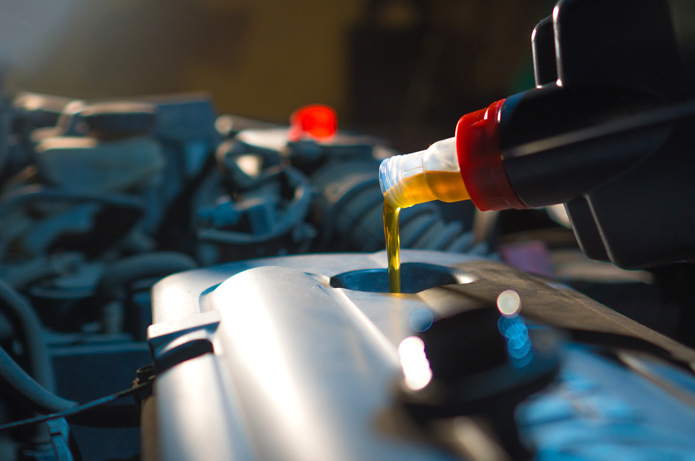Magazine
What’s the difference between engine oils and why does it matter?
- What types of engine oil?
- What is synthetic engine oil?
- What do those numbers and letters mean?
- So, what should you do?
Over the years, engine oil has developed from a simple lubricant to a high-tech liquid and at the same time, the number of oil specifications has increased significantly. So, why and does it really matter?
What types of engine oil?
Engine oil can be generally divided into two categories, mineral-based and synthetic, however, mineral oils are becoming less popular because they usually do not offer the level of performance required by modern engines, which is why synthetic oils are now so common.
Despite the fact that synthetic oils are therefore usually the better option, it’s possible to mix a mineral oil with a synthetic, to come up with a semi-synthetic, although this type of oil is also in decline for similar performance related reasons.
This means that most owners will therefore need a synthetic oil, but what is a synthetic oil?
What is synthetic engine oil?
Well, the term synthetic is generally defined as something made by combining artificial materials, and in the context of synthetic oil, it is usually produced as a polyalphaolefin (PAO) or hydrocracking (HC) base oil. PAO came first, in the 1970s, and is chemically very pure and therefore extremely effective, but also expensive to produce. HC oils on the other hand, were developed in the 1990s and now offer the best performance for all modern engines.
So, if synthetic oils are the way to go, the next area of potential confusion for motorists who wisely wish to ensure the oil in their engine is at the correct level, comes with their specification, which is usually defined through numbers and letters, e.g. 5W-30 or 10W-40 etc. So, what do these mean?
What do those numbers and letters mean?
The numbers represent the viscosity of the oil, which is essentially the thickness of a liquid. The higher the number, the thicker the oil, and the thicker the oil, the slower it will flow through the engine and the better lubrication it will provide. The numbers with the letter ‘W’ refers to ‘winter’ and is used to reflect the oil when it has been tested at a colder temperature. For example, ‘5W-30’ oil has a viscosity of 30 at 210° Celsius (the approximate temperature of a running engine) but has a viscosity rating of 5 during winter temperatures.
Although, in theory, the higher the number, the better protection it will provide, it’s not as simple as just getting oil with the highest numbers because each vehicle will have a recommended type of oil and using an alternative could cause many problems for the engine and end up costing you money. So, what’s the answer?
So, what should you do?
The simple way to wade through all the complications and know that you are topping up with the right oil is to always use the type and specification that the car manufacturer specifies in your owner’s handbook.
If, however, you don’t have a handbook or are in any doubt, seek advice from your local independent workshop, who will be happy to look up the information, provide you with the correct specification to select and allow you to top up with confidence.

